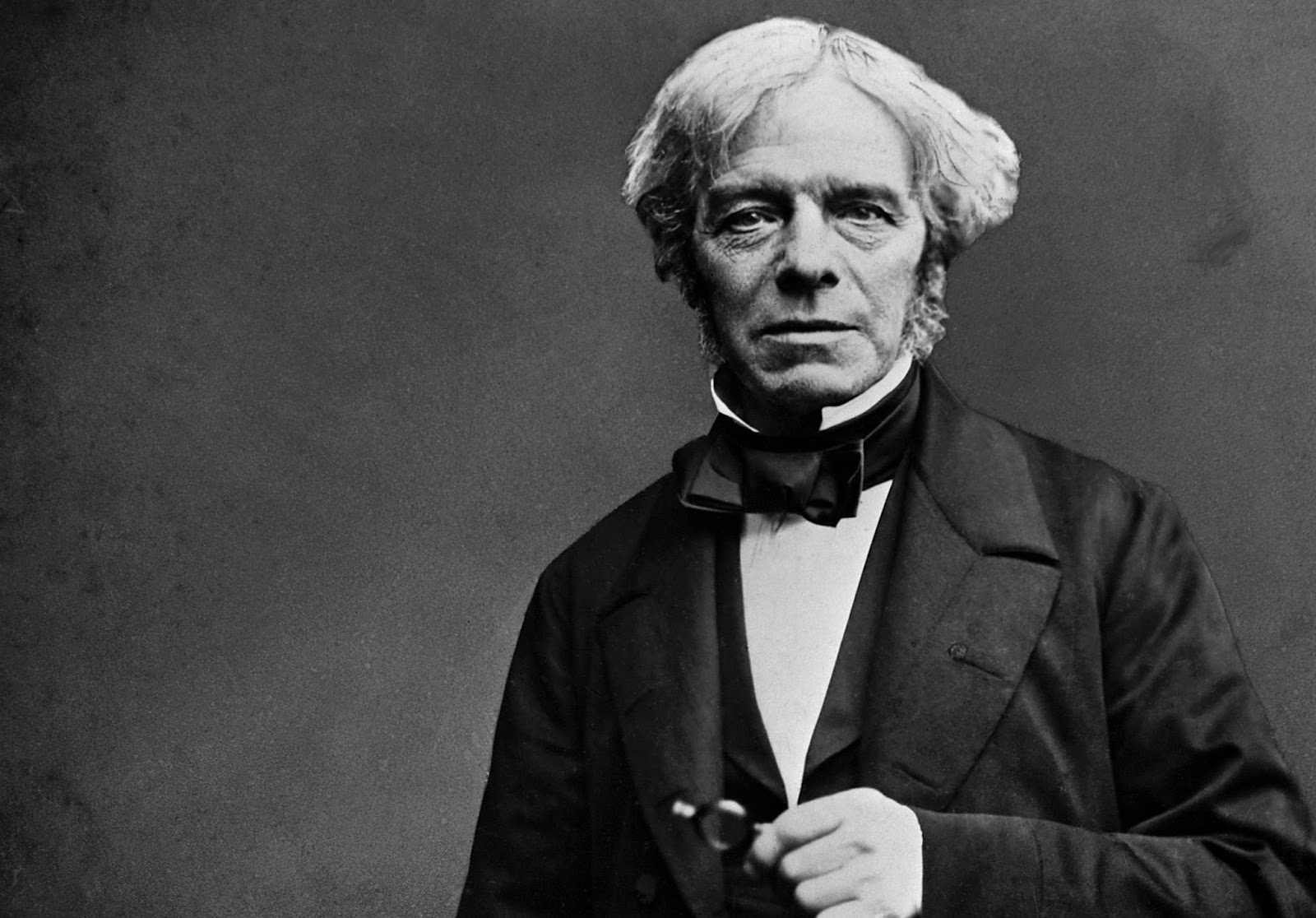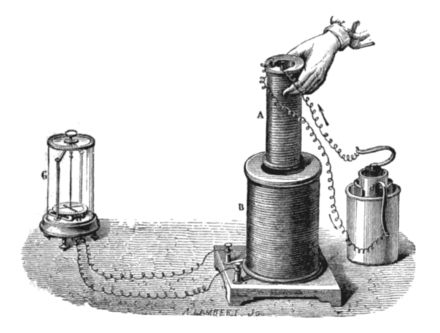Home > Sections > Famous Scientists > Michael Faraday
Michael Faraday
Life Details
Born: September 22nd, 1791. Died: August 25th, 1867.
Introduction
One of the greatest scientists of the 19th century, Michael Faraday was responsible for the understanding and introduction of the electric motor.
Early Life
Born in the country village of Newington in Surrey, his father was a blacksmith who migrated from the north of England to look for work. His mother supported him through a difficult childhood, and he was one of four children.
Faraday was a member of a small Christian sect called the Sandemanians, and this provided him with a single most important influence for the way he approached and interpreted nature.
At the tender age of 14, Faraday was working as an apprentice for a book dealr and bookbinder. He took the opportunity to read some of the articles in books that came in for rebinding, and was particularly interested in the electricity section of the Encyclopedia Britannica. From this, he built his own electrostatic generator and did simple experiments.
Faraday received a ticket to attend chemical lectures by Sir Humphry Davy at the Royal Institution of Great Britain. While there, he made a series of notes, which were bound together as a copy and sent to Davy with a letter asking for employment. He was later offered a job after one of Davy's assistants was dismissed. With Davy, he learnt chemistry. Faraday said in his later life that Davy was perhaps his greatest discovery.
Work With Davy
When Faraday joined Davy in 1812, it was at the beginning of a revolution in the world of chemistry. A French chemist, Antoine-Laurent Lavoisier, figured that oxygen was it's own element, and the only supporter of combustion. Davy had discovered sodium and potassium by using an electric current from a galvanic battery to decompose oxides.
It was here that Davy's and other scientists thoughts on the atomic theory that atoms were mathematical points surrounded by alternating fields of attractive and repulsive forces led Faraday to his own thoughts about electricity. Once he had finished his second apprenticeship with Davy in 1820, he set about using his complete knowledge of chemistry to further his research.
Faraday was constantly called forward as a chemical expert in legal trials, and the fees from this helped to support the Royal Institution. The 1820s saw a lot of research and discoveries were made by Faraday. He isolated and described benzine in 1820, and also conducted investigations into steel alloys, which led to the foundation of scientific metallurgy and metallography.
In 1845, he lead to the discovery of diamagnetism, through creating a highly refractive index glass for a telescope, in an effort to try and improve the optical glasses of the day.
Settling at the Royal Institution
Faraday married Sarah Barnard in 1821, and fully settled in to the Royal Institution, where he began a series of researches that revolutionised physics, based on electricity and magnetism.
Other scientists discovered that the flow of an electric current through a wire produced a magnetic field, and also that the magnetic force was a circular one. Faraday took this information and researched more. He discovered that if the magnetic pole could be isolated, it would move constantly within this circle along a current-carrying wire. He created a device that would do this, and this was in fact the first electric motor.
In 1831, Faraday experimented with a thick iron ring, with insulated wired wrapped around one side, and a galvanometer linked to the other side. He figured that the galvanometer would react and show a result. To his surprise, it went the opposite direction, and Faraday proposed that this was the "electronic" state of particles in the wire.
Electrochemistry
All this research into the current from batteries led to Faraday looking at nature, and specifically electric eels and fish. Were their electric powers the same or similar to what a voltaic battery or an electromagnetic generator? In 1832, Faraday set out to prove his theory that it was all the same. The key effect was electrochemical decomposition. He run into problems proving his theory to be true with static electricity.
What he did find was that electrical force didn't act at a distance upon chemical molecules to cause them to dissociate. It was the movement through the liquid that caused the dissociation. Also, the amount of decomposition was related to the amount of electricity that passed through a solution.
By the end of the 1830s, Faraday was able to bring forth a new and general theory of electrical action. Electricity caused tensions to be created in matter. When they were relieved, what occured was a wave like action of ups and downs. He found out about conductors, insulators and the tensions of them. This theory could be applied to everything electrical. It still stands today.
Later Life
After returning to active research in 1845, he discovered that every form of matter reacted somewhat to magnetic fields. Different substances, he found, acted in a very different manner to each other, but that there was some reaction. He sorted them into groups, and the first group was named paramagnetics, and the second was called diamagnetics.
Michael Faraday was a brilliant chemist, and also an accomplished physicist. He died in 1867 after battling with senility and failure of his mind. He refused a knighthood from Queen Victoria, but accepted a house at Hampton Court.





